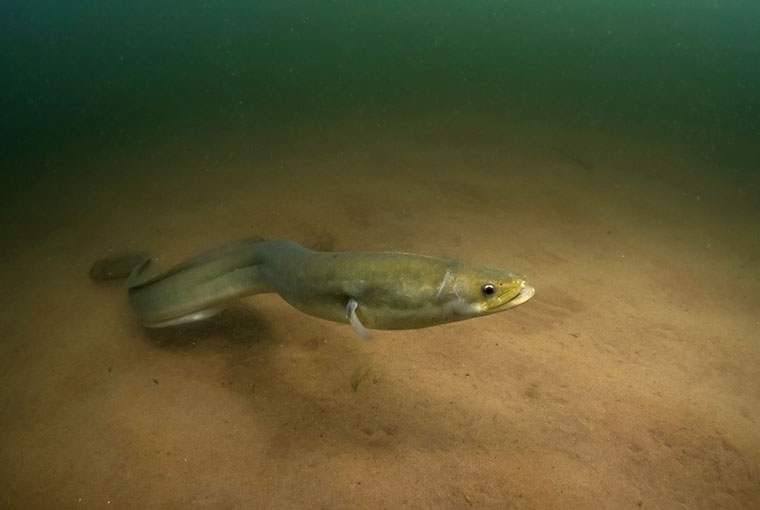
Anguilla rostrata, pimisi, kataq, kiawerón:ko, pemese, bronze eel, black eel, silver eel, and, of course, the American eel: these are some of the many names of Ontario’s only native eel species.
These creatures are incredibly unique, with a biological, ecological, and historical story to rival even the most fascinating of land animals. They are, however, also gravely at risk, on the brink of provincial extirpation and maybe even global extinction.
On American eels
Eels are long, slender fish that are often described as snake-like. Unlike lampreys (which have round, sucking mouths), eels have jaws with many small teeth. Their bodies are covered in tiny scales, with elongated dorsal and anal fins, and no pelvic fins.
One of the most fascinating things about this species is its life history. Eels are mostly catadromous, which means they typically mature in freshwater and travel to the sea to spawn, opposite to anadromous salmon and trout. Reaching spawning age, however, can take between 10 and 20 years for an American eel, at which time a mature specimen will journey all the way to the Sargasso Sea, close to Bermuda. They are panmictic (a single genetic population), wherein all individuals go to the same spawning site and mate randomly: a mystery unto itself that has yet to be fully understood.
Eels are also semelparous, which means they die after spawning. But with death comes life, and once they hatch, larval eels called leptocephalus are taken away by ocean currents and travel northward and southward where they undergo a metamorphosis. They change into a transparent form called a glass eel, then grow into a pigmented juvenile referred to as an elver, and typically enter freshwater when they reach sexual maturity.
The importance
Since time immemorial, this species has been sacred to Indigenous peoples across its native range. American eels have long been revered and harvested for a variety of purposes, including food, medicine, and even leather. Eels were refined into paint, repurposed for bandages, and their bones used as tools. Archaeological evidence indicates people have been fishing for eels for over 4,000 years (and likely much longer), so it’s no wonder that many Indigenous cultures of today have a deep level of respect and admiration for the creature. It was essential for life and for existence for some Indigenous peoples.
The range
Prior to European settlement, American eels existed all the way from southwest Greenland, along the coast of North America, to the northern coast of South America. Their reach stretched inland through vast and unobstructed networks of rivers, streams, lakes, and wetlands.
The watersheds of Lake Ontario and the upper St. Lawrence River were historically the most important strongholds for the species, as the eels that exited in these systems were exclusively female, the largest, and had the highest egg-production potential.
Eel or lamprey?
American eels are often confused with sea lamprey. Eels do not have the toothy sucker mouths.
Before the 1900s, this species was extremely plentiful. In fact, eels are reported to have been among the most abundant species in the Ottawa River basin at one time. However, in the span of several decades, American eels have been extirpated from many parts of Ontario and, where they still exist, face a serious population decline. In the upper St. Lawrence River basin alone, eel numbers have been depleted by 99%.
The threat
The key driver of this decline is the obstruction of our riverways, primarily by dams. Barriers like this hinder the species in both directions, allowing very few eels to pass upstream and even fewer to make it back to the sea. When entering the St. Lawrence River and Lake Ontario watersheds, eels are first met by the Beauharnois Generating Station, a massive dam that spans the entire watercourse. If they manage to pass it, they are faced with yet another considerable obstruction, the Moses-Saunders Generating Station, 80 kilometers upstream.
Sadly, these are only two of the more high-profile barriers impeding eel migration. There are more than 950 other dams across their historic Ontario range. Between Ontario and Quebec, around 3,700 square kilometres of suitable eel habitat has been lost throughout the
Ottawa River watershed, equating to a loss of more than 250,000 adult eels per year. For eels that make it furthest upstream, the probability of surviving the passage through the gauntlet of obstacles and entering the St. Lawrence River was shown to be less than 3%.
The status
The International Union for the Conservation of Nature lists the American eel as Endangered and, while eels are also Endangered under Ontario’s Endangered Species Act, there have been significant delays in listing them at the federal level. Despite being designated as Threatened in 2012 by the Committee on the Status of Endangered Wildlife in Canada, eels have not yet received protection under Schedule 1 of the Species at Risk Act.
For more than two decades, eels have been assessed and re-assessed, management plans and memorandums have been developed and then abandoned. There have been government response statements, listing recommendations, and consultation “check-ins,” but there has been little headway. Despite powers afforded to them under the Fisheries Act, Fisheries and Oceans Canada has not taken meaningful steps to ensure operators/proponents are preventing the death of American eels and avoiding harm to their habitat, including blocking upstream migration.
The plan
In February 2024, the OFAH attended a two-day symposium on American eel conservation alongside Indigenous partners, non-government conservation organizations, and several government agencies. Hosted by the Mohawk Council of Akwesasne, the sessions offered a unique opportunity to discuss and collaborate on immediate and longer-term management actions.
Among the many discussions, special emphasis was put on the need for increased upstream passage and on reducing turbine mortalities at hydropower facilities. Other themes included addressing existing research and knowledge gaps, monitoring and assessment, better collaboration and information sharing, and a strong desire for increased Indigenous involvement in implementing mitigation, monitoring, and research actions.
The closing
The American eel is a contentious species. While they are given full legislative protection in Ontario, the government of Quebec has not listed the American eel. In the Maritimes, significant quantities of elvers (young eels) are being illegally harvested and sold for as much as $5,000 per kilogram. This lucrative market has led to violent incidents, threats, and harassment between authorized and unauthorized harvesters and towards fisheries officers.
DFO engaged with commercial licence holders, First Nations, and Indigenous organizations, and has made the decision to close the 2024 elver fishery in the Maritimes.
Originally published in the June-July 2024 issue of Ontario OUT of DOORS


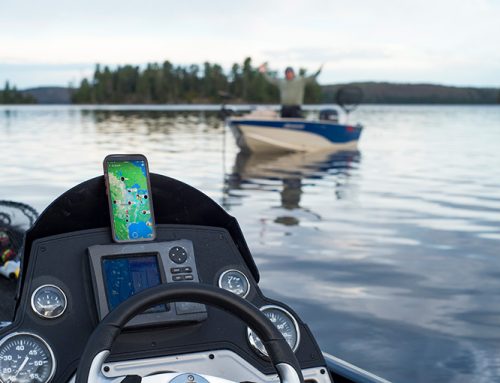
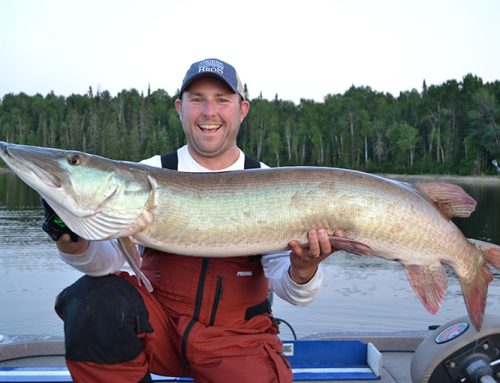
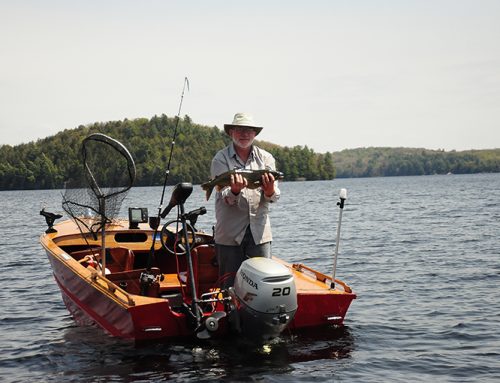
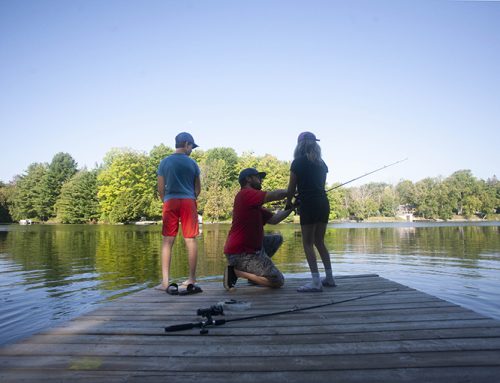
Leave A Comment